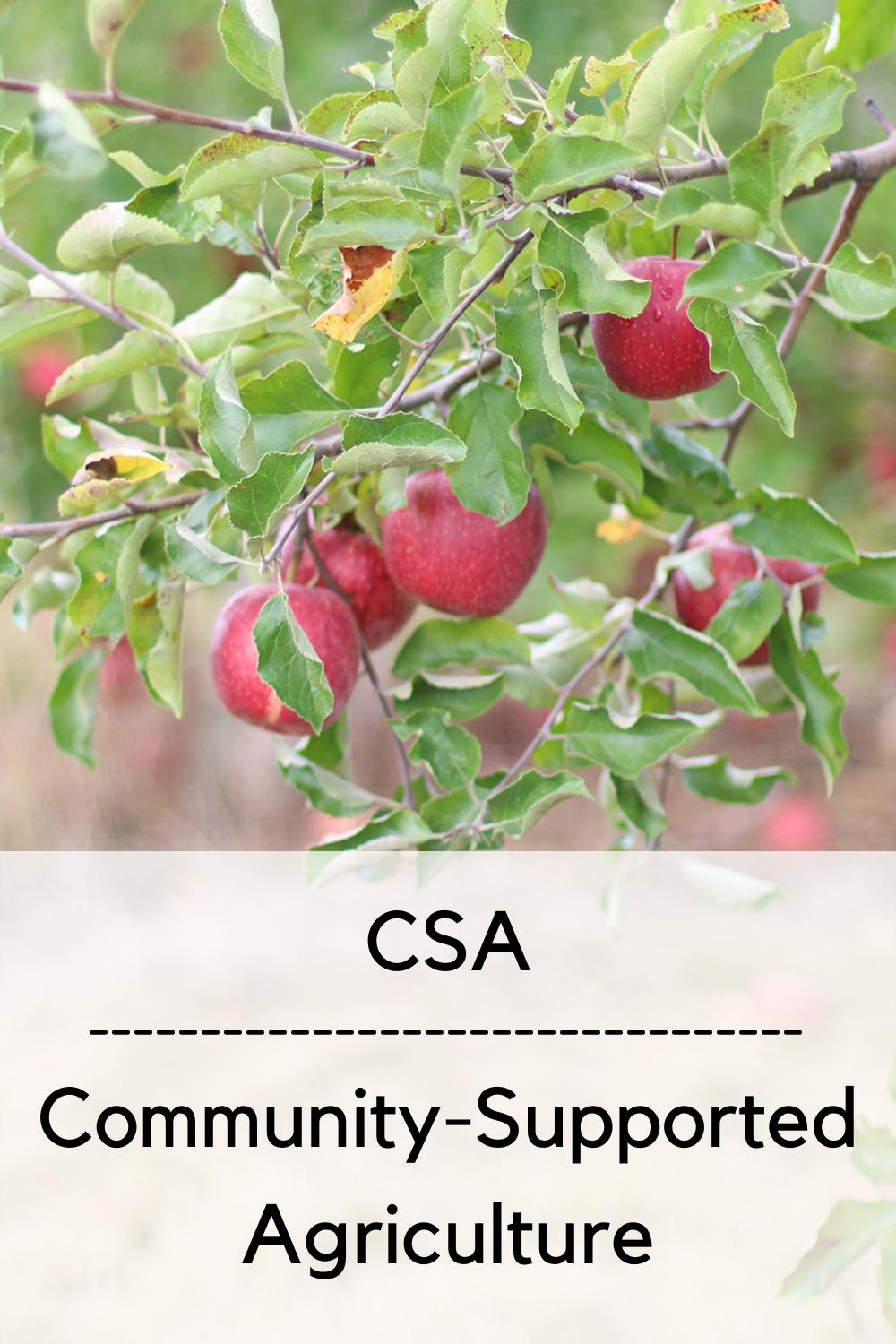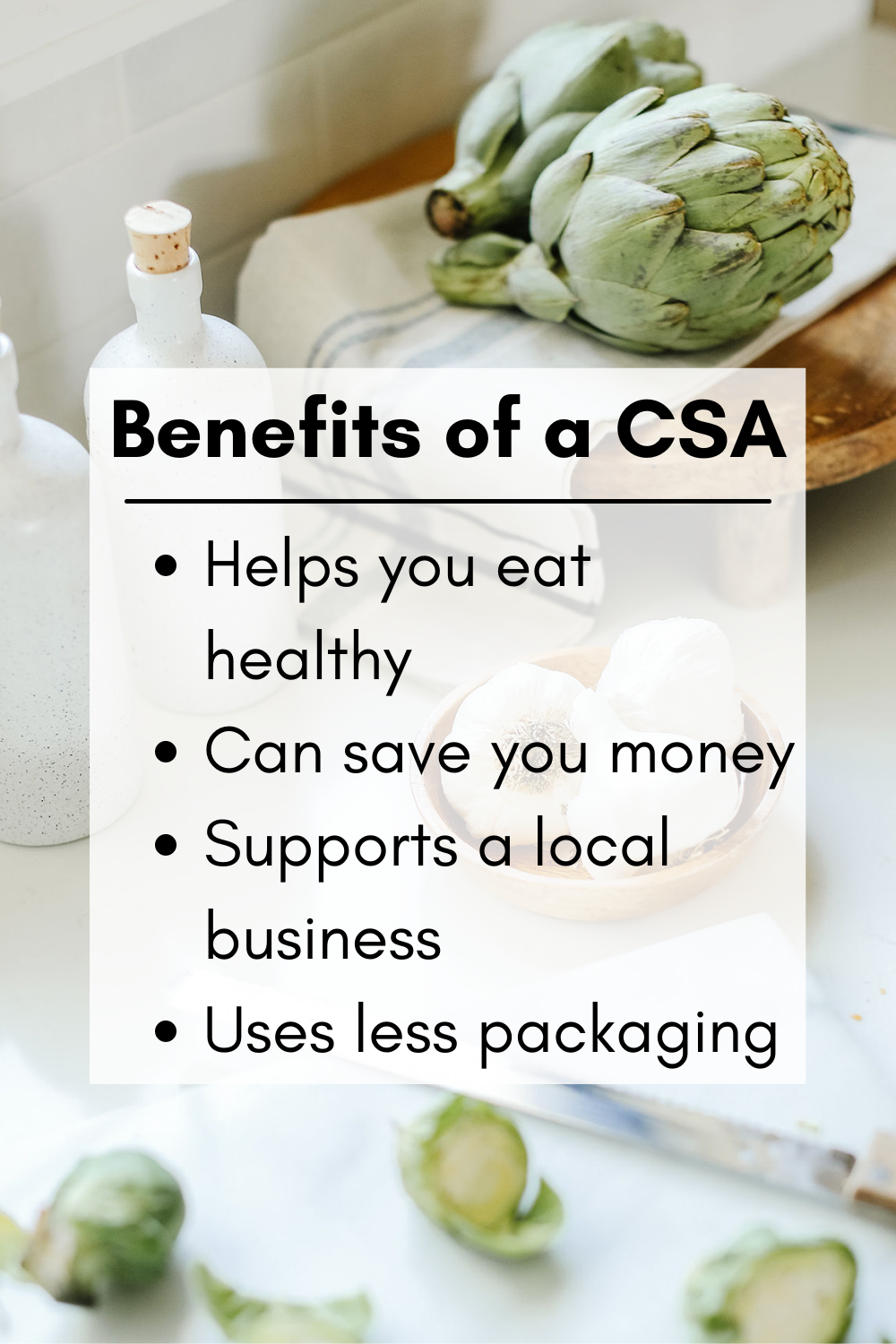Join a Farm Share
You know what they say:
“In the Spring a young man’s fancy lightly turns to thoughts of vegetables.”
(It’s something like that.) With community-supported agriculture getting increasingly popular, you may be seeing advertising and hearing whispers about CSAs in your neighborhood. So why consider it, and how should you get started?
What is Community-Supported Agriculture?
Community-supported agriculture (CSA) is farming produced with the support of a community. A large group of people each buy a share in a farm’s production before the growing season starts, and everyone pays for it up front. Then each person collects their share of the harvest regularly throughout the rest of the year. This supports the farmer in planning and allocating their resources, and the community joins in the benefits and risks.
So why sign up?
It can help you eat healthy. We could cite a bunch of studies about how vegetables are good for you and almost all of us should be eating more of them, but why? Your mother told you to eat your veggies. Can’t get more authoritative than that.
It can save you money. You’ll have to do the math for your own budget, of course, but plenty of people, including The Healthy Maven, have noticed a difference.
There are myriad benefits to eating local food, from better nutrient value (thanks to reduced shipping time) to more support for local businesses.
It uses less packaging. Your mileage may vary here, of course, but buying directly from the farm (possibly even reusing baskets and other containers) can help cut down on the packaging needed for shipping, sales, and purchase. Less packaging, less packaging waste.
How to Get Started with A CSA
Ask yourself if a farm share is right for you: Do you cook at home, or do you eat out a lot? Will you be at home for most of the summer? Are you comfortable stepping a little out of your comfort zone in the kitchen? Would joining a CSA be a positive step forward for you?
Find out what’s available to you! There’s nothing better than a personal recommendation, so start with your friends and family. Ask around at farmers’ markets and look for local advertisements, too. The organization Local Harvest maintains a directory you can search geographically, and the USDA has one too.
Read the fine print! Every CSA is a little different. Offerings, policies, and business models vary, so find something you’re comfortable with.
Make space for a habit. Does your CSA get delivered, or do you need to pick up your share at a certain time and place? Start working it into your schedule now. And allow time at home to sort your produce, clean and prepare it for the week ahead, and store it properly. Figure out how this time will fit into your schedule, set an alarm or a recurring meeting on your calendar, and adjust your other obligations if necessary. Don’t skip this step; you don’t want to end up feeling bad about wasting a lot of produce. It’s better to build in a little extra time right from the start than to start getting overwhelmed when you’re a month in.
Come up with a back-up plan. What happens to your box if you’re out of town on pickup day? Could you designate a nearby friend to pick up and enjoy it for you? Could you drop off some extra produce to her on weeks you might be overwhelmed? Decide on that person now.
Get your kitchen ready. Take your knives to get sharpened, deep-clean your refrigerator, and do whatever other spring cleaning you’ve been meaning to do. The last thing you need to worry about when confronted with a large quantity of an unknown vegetable is where your tools are.
Decide on your preservation strategy. If you end up with a lot of one item, you might want to freeze, can, dehydrate, or pickle it. Stock up on reusable freezer-worthy containers and any other equipment you might need. Remember, too, that different produce is best preserved in different ways. For example, to freeze blueberries, wash them, spread them out on a baking tray, and put the whole tray in the freezer. Once they’re frozen, transfer them to a freezer-worthy storage container. To freeze asparagus, though, you’ll need to blanch it first.
Decide on your research strategy. Whether with your cookbook collection, your Pinterest boards, or an internet search, be prepared to look up new-to-you items...and new things to do with a lot of a familiar item.
Challenge yourself on your tastes. Surely there is a preparation out there that will allow you to enjoy cauliflower. Go forth and seek it.
Sign up!
If you’re anything like us, this did some serious damage to your monthly food budget! If you can, now that you’ve paid for this year, look to next year. Divide the total amount of your CSA by 11. Set up a monthly automatic transfer to a savings account in that amount…starting next month. (You get this month off!) When it’s time to sign up next year, it will be much less stressful.




